Home>Furniture>Office Furniture>How To Keep Dust Off Bookshelves


Office Furniture
How To Keep Dust Off Bookshelves
Modified: January 9, 2024
Discover effective tips to keep dust off your bookshelves and maintain a clean and organized office space. Invest in quality office furniture for a dust-free environment.
(Many of the links in this article redirect to a specific reviewed product. Your purchase of these products through affiliate links helps to generate commission for Storables.com, at no extra cost. Learn more)
Introduction
Welcome to our comprehensive guide on how to keep dust off bookshelves. If you’re an avid book lover like us, you know the joy of having a well-curated book collection. However, one downside of owning books is the inevitable accumulation of dust. Dust not only tarnishes the beauty of your bookshelves but can also trigger allergies and respiratory issues. In this article, we will share some effective tips and tricks to help you maintain clean and dust-free bookshelves.
Dust has a way of finding its way into every nook and cranny, including the spines and pages of your beloved books. While it’s impossible to completely eliminate dust, there are steps you can take to minimize its presence. From organizing your books to regular dusting techniques, we’ve got you covered.
By implementing the strategies discussed in this article, you’ll not only extend the lifespan of your books but also maintain an aesthetically pleasing bookshelf display. So, let’s dive in and discover how to keep dust off bookshelves!
Key Takeaways:
- Organize books into categories, use bookends, and assess your collection regularly to minimize dust accumulation and maintain visually appealing bookshelves.
- Dust bookshelves regularly using soft cloths or microfiber dusters, paying attention to corners and crevices, and consider optimal placement to reduce dust buildup.
Read more: How To Keep Dust Off Glass TV Stand
Organizing your books
Proper organization is the key to keeping your bookshelves dust-free. When books are neatly arranged, it becomes easier to clean and maintain the shelves. Here are some tips for organizing your books:
- Categorize your books: Sort your books into categories such as fiction, non-fiction, reference, or genre-specific categories like romance, mystery, or science fiction. This will not only make it easier to locate specific books but also make the dusting process more efficient.
- Use bookends: Bookends not only add a decorative touch to your bookshelves but also help keep books standing upright. When books are upright and tightly packed together, there are fewer spaces for dust to settle.
- Consider using book sleeves or dust jackets: If you have books that are rarely accessed or valuable editions, you can protect them from dust by using book sleeves or dust jackets. These covers act as a barrier, preventing dust from settling on the book’s surface.
- Keep books away from windows and vents: Position your bookshelves away from windows and vents, as they can introduce more dust into the environment. Direct sunlight can also cause book covers to fade, so it’s best to keep them in a shaded area.
- Regularly assess and declutter: Take the opportunity to evaluate your book collection periodically. If there are books that you no longer read or have lost interest in, consider donating or selling them. Minimizing the number of books on your shelves can make dusting easier and free up space for new ones.
By implementing these organization strategies, you can ensure that your books are stored in a way that minimizes the accumulation of dust and keeps your bookshelves looking tidy and attractive.
Dusting bookshelves regularly
Dusting your bookshelves on a regular basis is crucial for maintaining a dust-free environment. Here are some tips on how to effectively dust your bookshelves:
- Use a soft cloth or microfiber duster: Avoid using rough or abrasive materials that may scratch the surface of your books or shelves. Opt for a soft cloth or microfiber duster that will attract and capture dust particles without causing any damage.
- Dust from top to bottom: Start dusting from the top shelf and work your way down. This will prevent dust from falling onto already cleaned shelves.
- Remove books while dusting: To properly clean the shelves, it’s best to remove the books. Gently dust off each book before putting it back on the shelf.
- Pay attention to corners and crevices: Dust tends to accumulate in hard-to-reach corners and tight spaces. Use a small, soft brush or the brush attachment of your vacuum cleaner to remove dust from these areas.
- Consider using a handheld vacuum cleaner: If your bookshelves have intricate designs or detailed carvings, a handheld vacuum cleaner with a brush attachment can be handy for removing dust from those hard-to-reach spots.
- Don’t forget the back of the shelves: Dust can accumulate on the backside of the shelves as well. Take the time to clean the back of the shelves and remove any dust buildup.
- Set a regular dusting schedule: To maintain dust-free bookshelves, establish a regular dusting schedule that works for you. Aim to dust at least once a week or more frequently if needed.
Regular dusting not only keeps your bookshelves clean but also prevents dust from settling on your books’ surfaces, ensuring that they remain in good condition for years to come.
Use bookends to keep books tightly packed together, reducing the space for dust to settle. Wipe down shelves regularly with a microfiber cloth to prevent dust buildup.
Using bookends
Bookends are not just decorative accessories; they also serve a functional purpose in keeping your books neatly organized and dust-free. Here’s how using bookends can help:
- Keep books upright: Bookends are designed to hold books in an upright position, preventing them from leaning and creating gaps where dust can settle. By keeping your books tightly packed together with bookends, you reduce the surface area exposed to dust.
- Add stability to shelves: Bookends provide stability to your bookshelves, preventing them from tipping over or collapsing under the weight of the books. This is especially important if you have taller or heavier books.
- Create visual appeal: Bookends come in a variety of styles, materials, and designs, allowing you to add a personal touch to your bookshelf decor. Choose bookends that complement your overall aesthetic and enhance the visual appeal of your book collection.
- Organize books by theme or author: Bookends can be used to separate different sections of your book collection. For example, you can use different bookends to mark sections for fiction, non-fiction, or different authors. This makes it easier to locate specific books and maintain an organized system.
- Protect delicate books: If you have fragile or valuable books, bookends provide extra support and keep them securely in place. This reduces the risk of damage from books leaning against each other or falling off the shelf.
- Rotate bookends periodically: To prevent indentation marks on books, it’s a good idea to rotate the position of bookends every now and then. This ensures that pressure is not constantly applied to the same area of the books’ covers.
By incorporating bookends into your bookshelf organization, you can create a visually appealing display while also keeping your books properly positioned and protected from dust accumulation.
Optimal placement of bookshelves
The placement of your bookshelves can significantly impact the amount of dust they attract. Here are some tips for optimal placement:
- Avoid high-traffic areas: Try to place bookshelves away from areas with heavy foot traffic, such as doorways or hallways. This helps minimize the amount of dust kicked up from passing by.
- Keep them away from direct sunlight: Direct sunlight can fade book covers and increase the temperature, which may lead to the growth of mold or mildew. Choose a location for your bookshelves that is away from windows or use curtains or blinds to minimize exposure to sunlight.
- Consider using air purifiers: If you live in a particularly dusty environment or suffer from allergies, using an air purifier near your bookshelves can help reduce dust particles in the air, leading to cleaner shelves.
- Keep them away from vents and heat sources: Avoid placing bookshelves near heating vents or radiators, as the hot airflow can circulate dust and cause books to become dry and brittle.
- Maintain proper humidity levels: Excessive humidity can lead to mold growth, while low humidity can cause books to become dry and damaged. Aim for a moderate humidity level of around 40-50% to protect your books.
- Consider glass doors: If you want to further protect your books from dust, you can opt for bookshelves with glass doors. These doors provide a physical barrier, preventing dust from accumulating on the books while still allowing you to showcase your collection.
By strategically placing your bookshelves and taking environmental factors into consideration, you can minimize the amount of dust that settles on your books and keep your bookshelves looking clean and inviting.
Read more: How To Clean Dust Off Blinds
Conclusion
Keeping dust off bookshelves is essential for maintaining the beauty of your book collection and ensuring a clean and healthy living space. By implementing the tips and strategies discussed in this article, you can effectively minimize dust accumulation and preserve the condition of your books.
Start by organizing your books into categories and using bookends to keep them upright and tightly packed. This not only enhances the visual appeal of your bookshelves but also reduces the surface area exposed to dust. Regularly dust your bookshelves using soft cloths or microfiber dusters, paying attention to corners and crevices where dust tends to accumulate. Consider removing books while dusting for a thorough cleaning.
Furthermore, think about the optimal placement of your bookshelves. Keep them away from high-traffic areas, direct sunlight, vents, and heat sources. Maintain proper humidity levels and consider using air purifiers to minimize dust particles in the air.
Remember, keeping your bookshelves dust-free is an ongoing process. Set a regular dusting schedule and periodically assess and declutter your book collection to make cleaning easier. By following these tips, you can maintain clean and inviting bookshelves that showcase your love for books.
So, don’t let dust dull the beauty of your bookshelves. Implement these strategies and enjoy a neat and dust-free book collection that you can proudly display for years to come!
Frequently Asked Questions about How To Keep Dust Off Bookshelves
Was this page helpful?
At Storables.com, we guarantee accurate and reliable information. Our content, validated by Expert Board Contributors, is crafted following stringent Editorial Policies. We're committed to providing you with well-researched, expert-backed insights for all your informational needs.
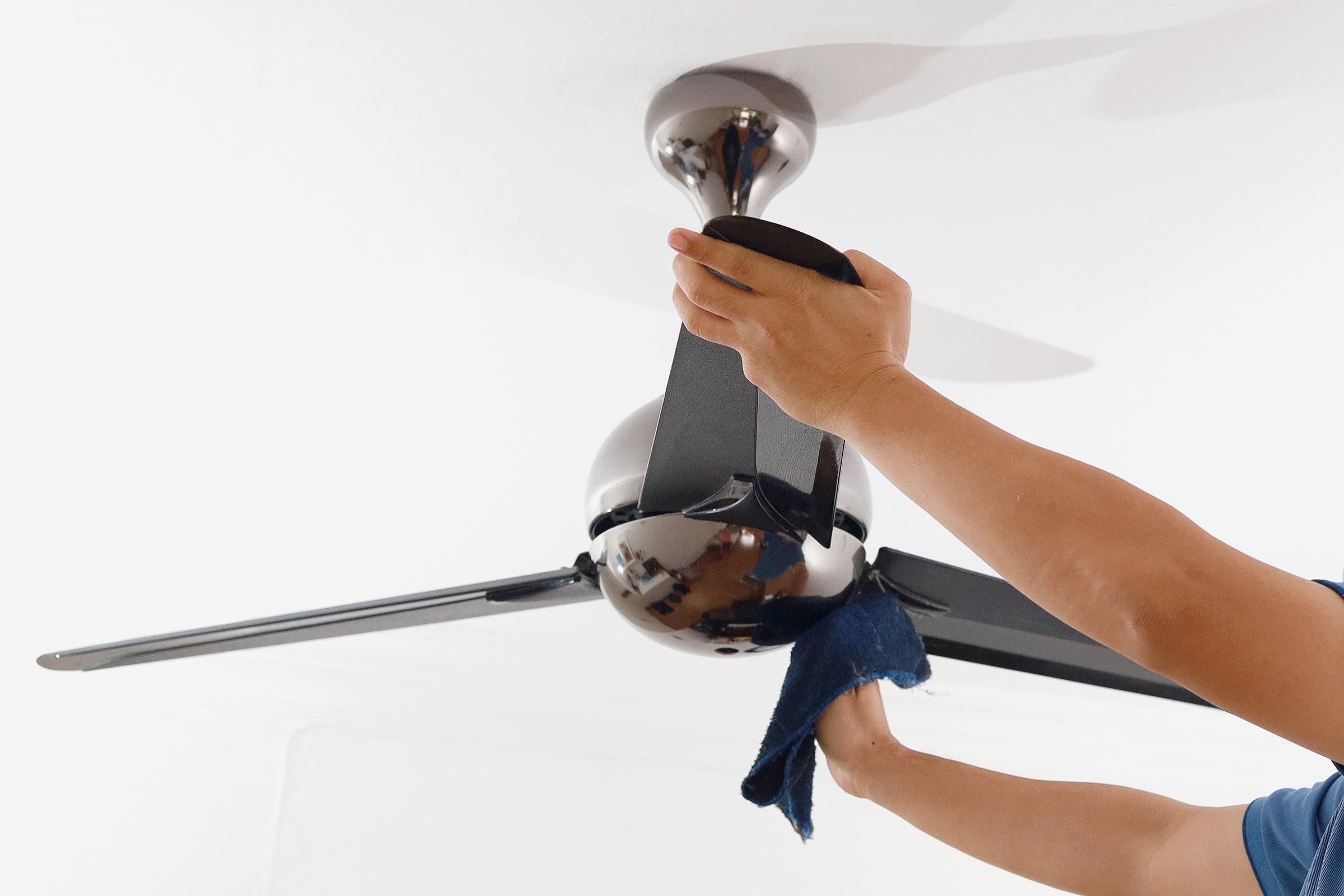

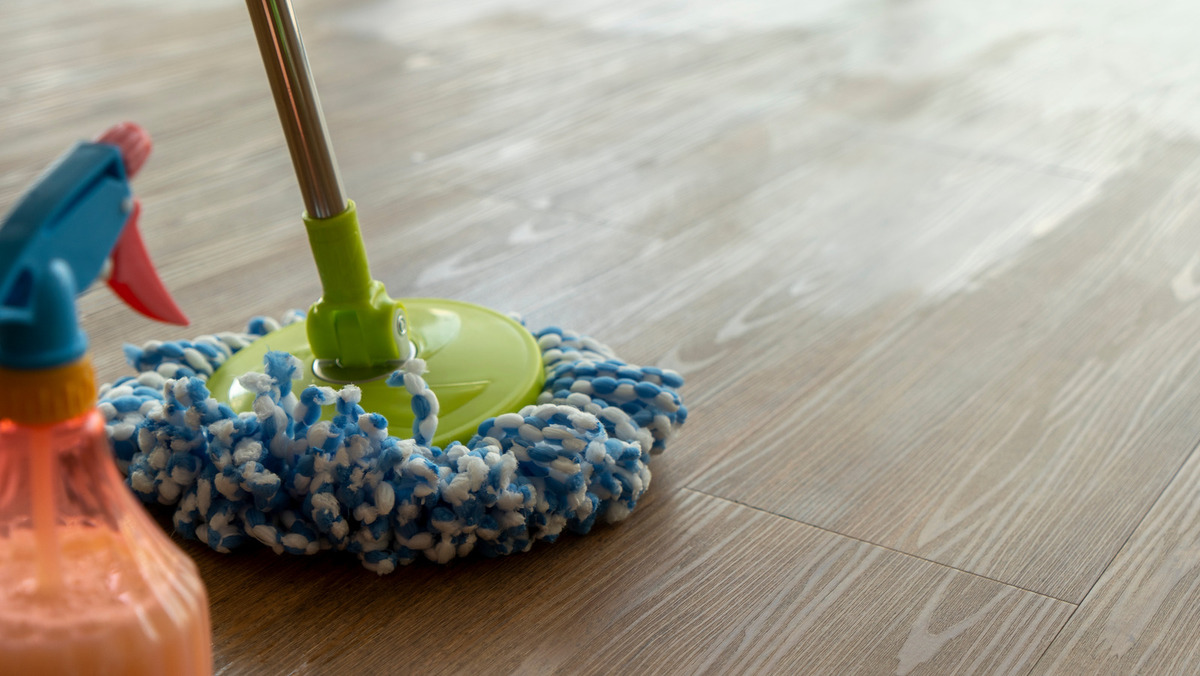
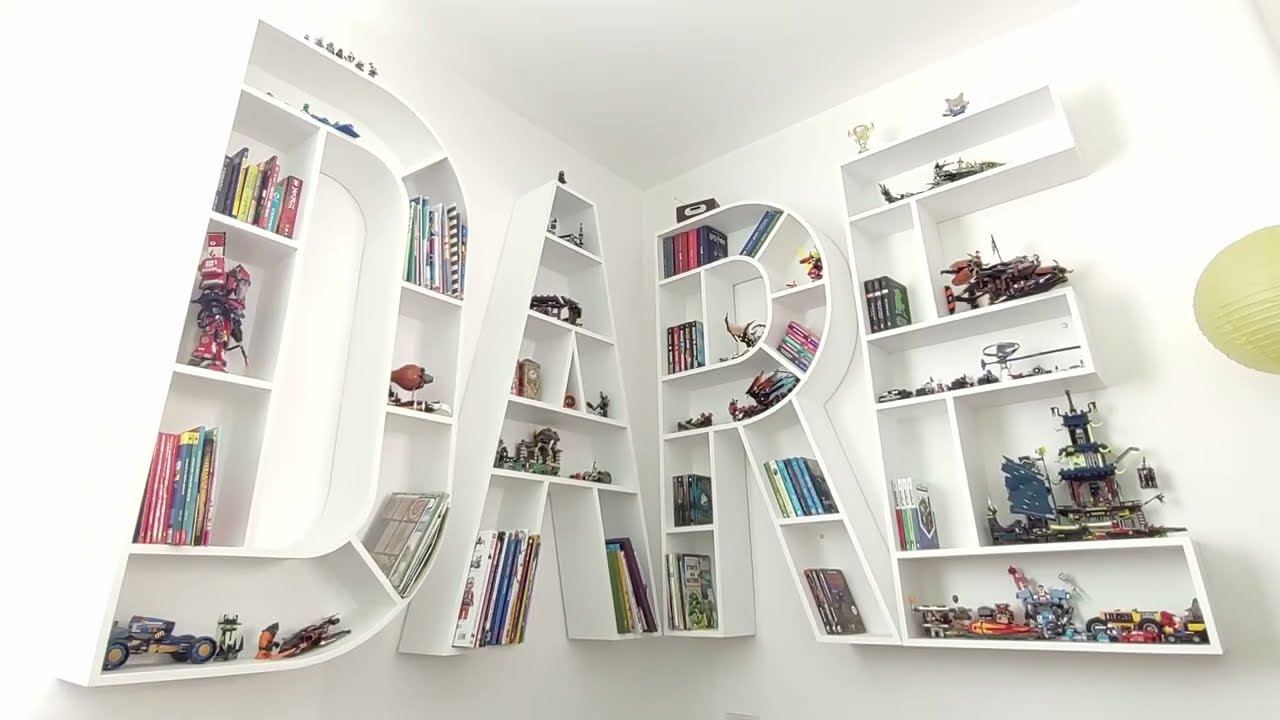


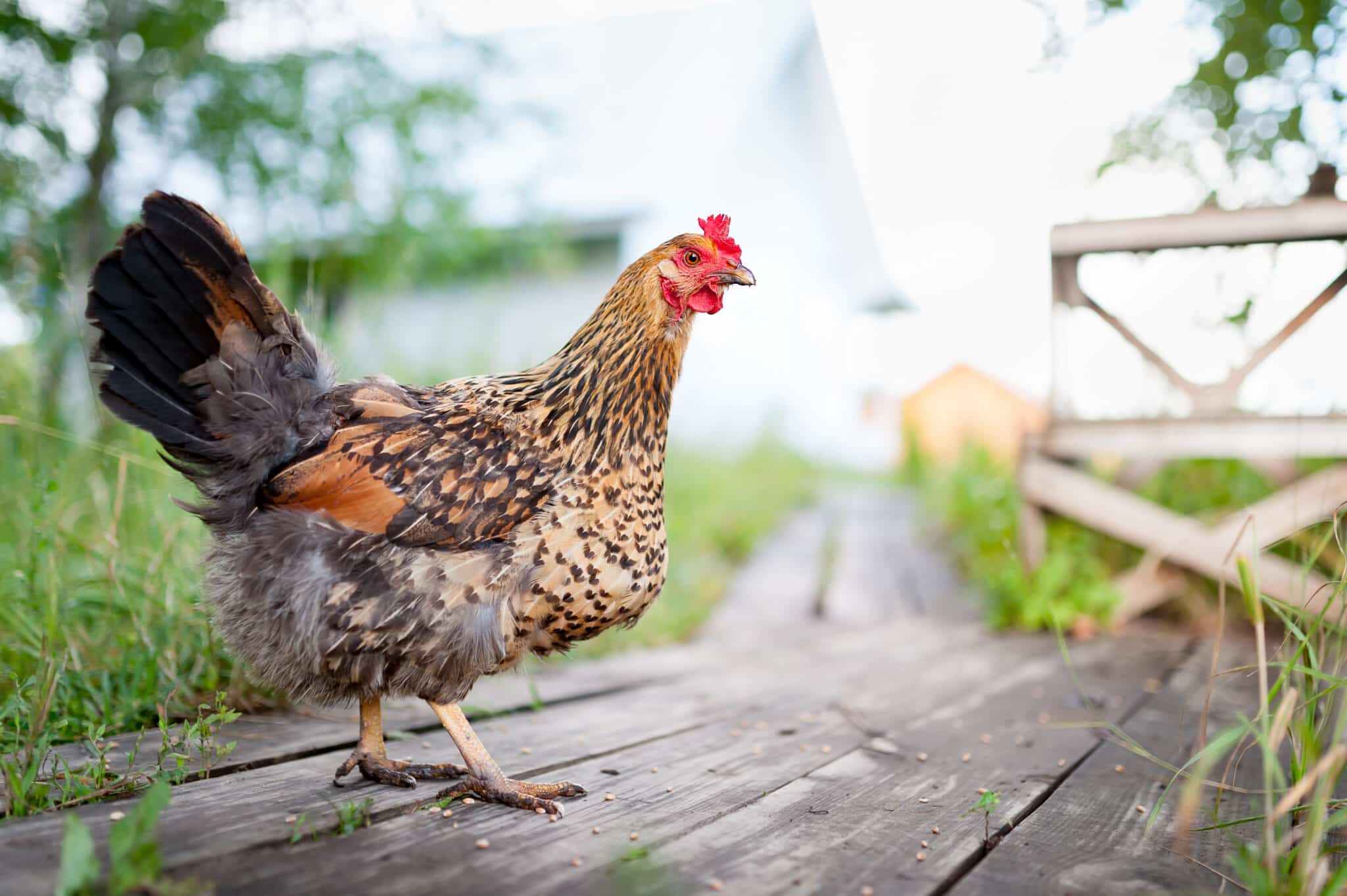
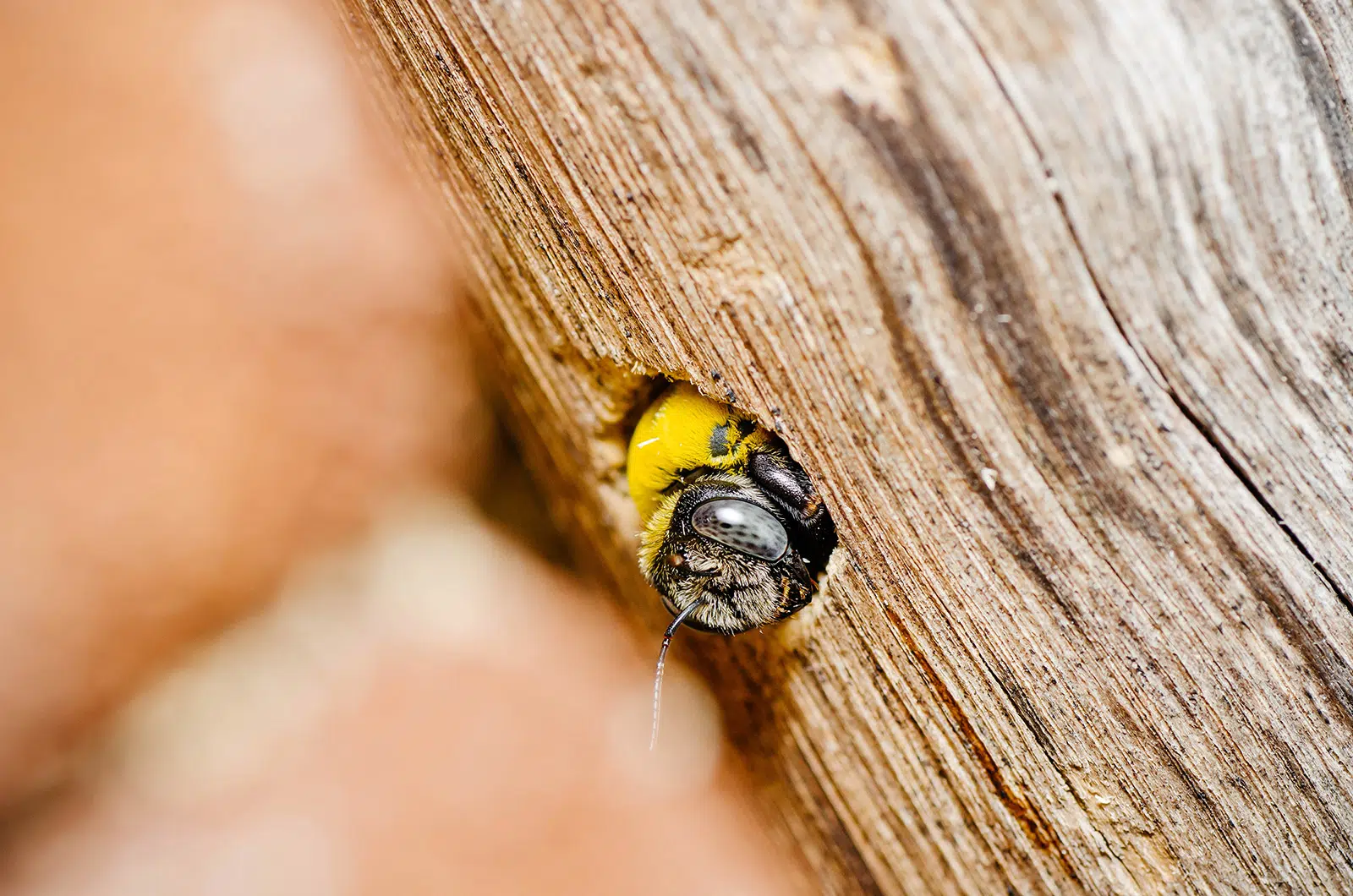


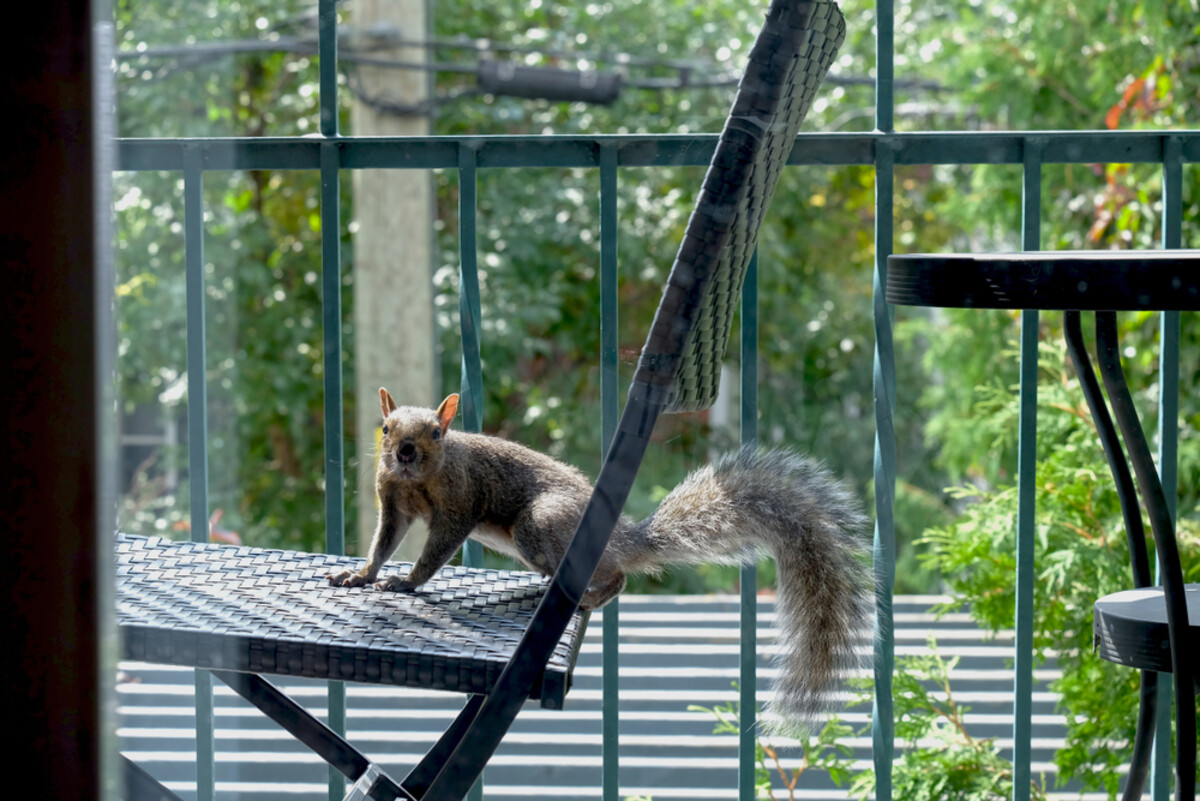

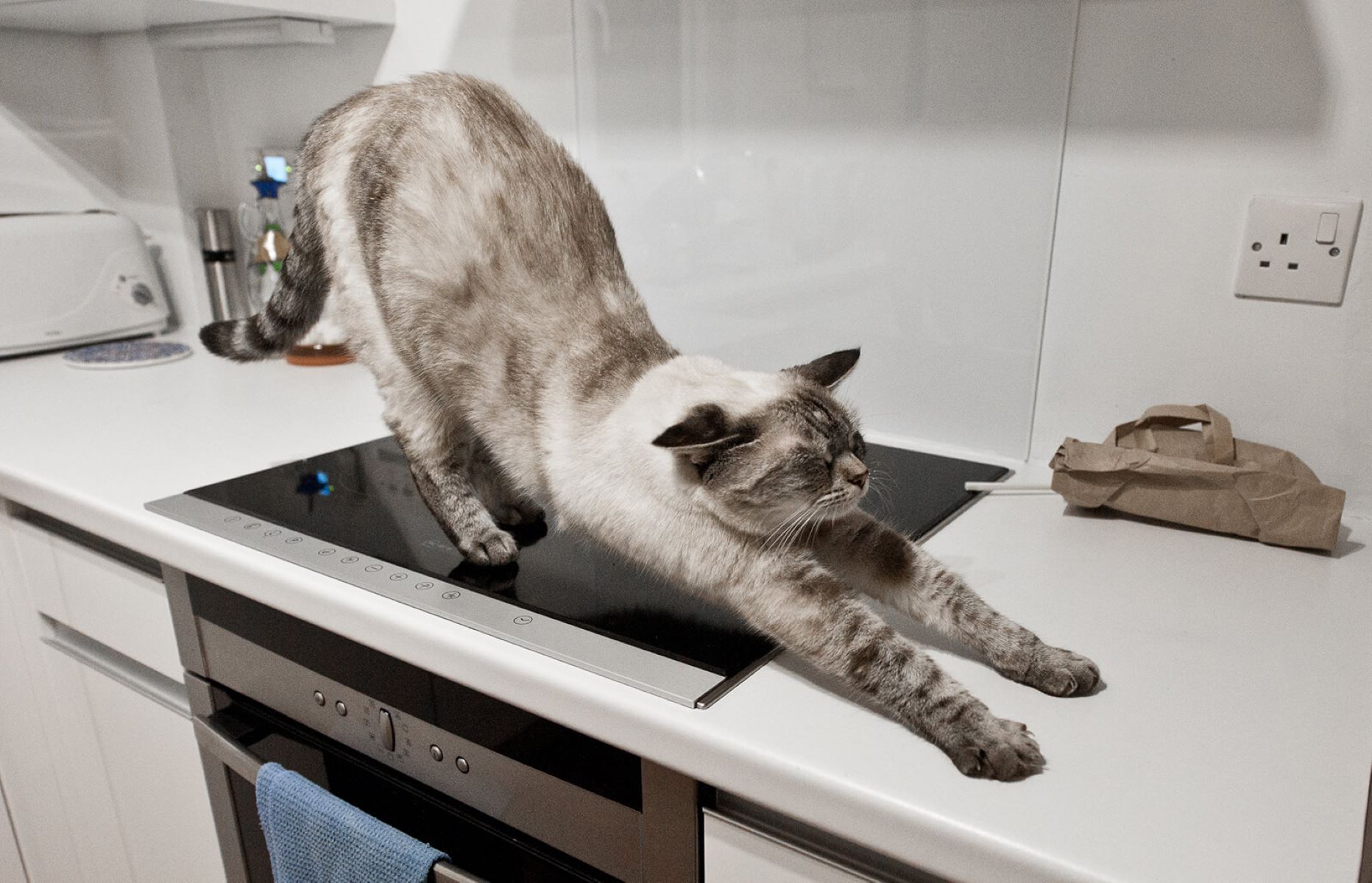


0 thoughts on “How To Keep Dust Off Bookshelves”